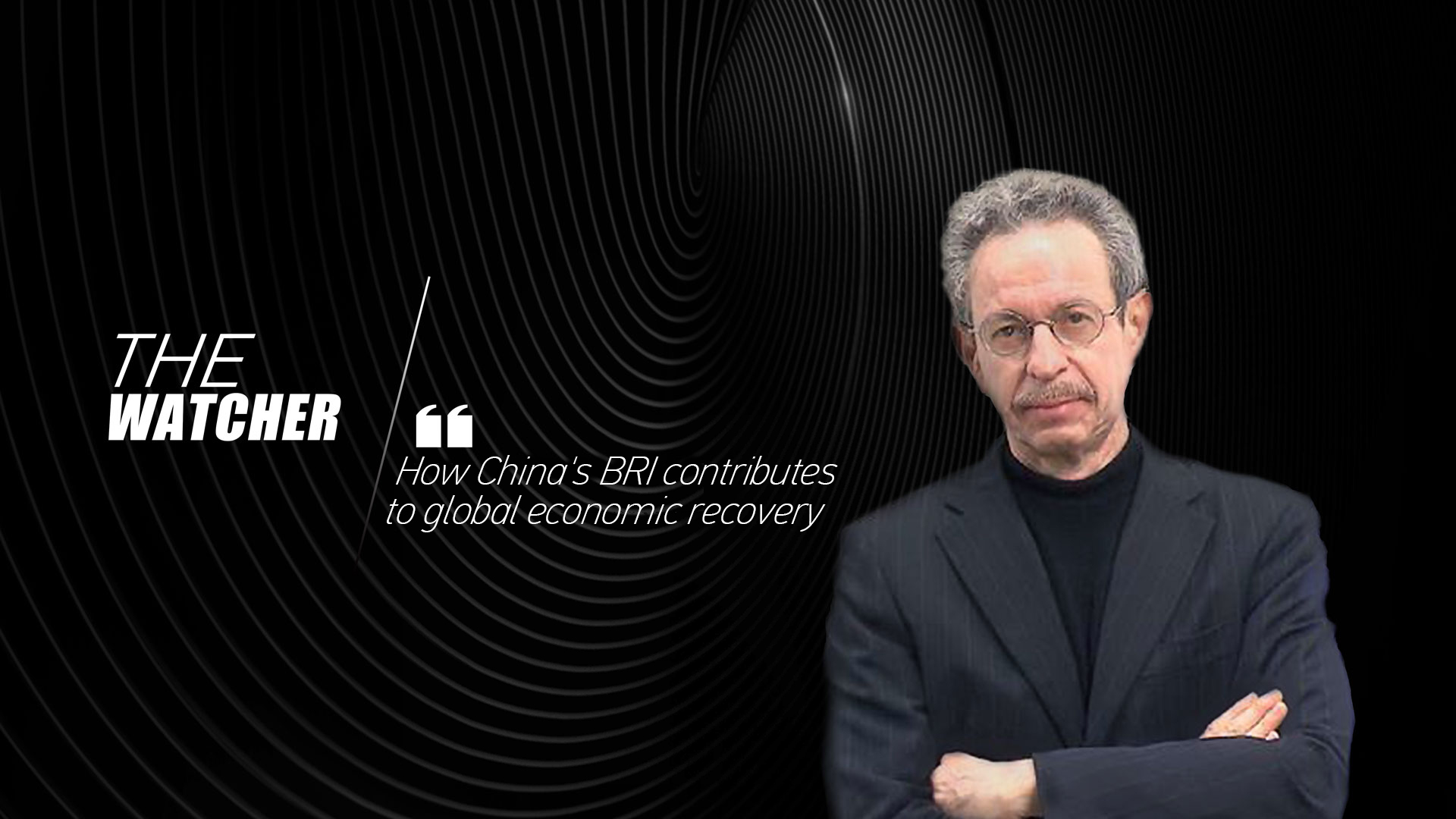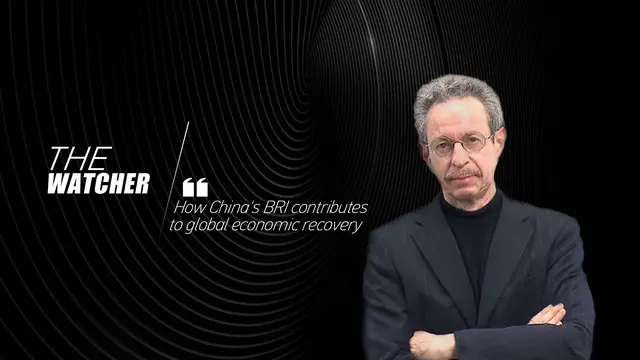04:04

I'm Robert Lawrence Kuhn and here's what I'm watching: China's Belt and Road Initiative – amidst its achievements and controversies, how it contributes to global economic recovery.
Here's the background. China's Belt and Road is a grand global vision of building critical infrastructure in developing countries, addressing the world's biggest problems – endemic poverty and global inequality.
Some Western officials claim that Belt and Road is a Chinese plot to take over strategic assets through "debt-trap diplomacy," create neocolonial economic dependency, and secure political support through economic incentives (and even corruption). Some Chinese people present Belt and Road as if it is entirely charitable, wholly for the benefit of the host country.
Both distort Belt and Road's unique contribution and true worth to the world.
I cannot here explore these contradictory views – but I will say that Western research has debunked the debt-trap charge, and Belt and Road brings China multiple benefits, including business for Chinese companies, overcapacity utilization, access to natural resources, and long-term diversification of markets.
That China as well as host countries benefits is good for everyone, making the Belt and Road Initiative self-sustaining and thus providing long-term, critical support to the developing world.
I want to address a more immediate benefit. In the wake of the COVID-19 pandemic, Belt and Road re-energizes the global economy, especially the economies of developing countries. Belt and Road provides linkages and connectivity for trade routes, more robust supply chains, 5G communications, and, vitally, medical assistance, especially COVID-19 treatment and a soon-coming vaccine.
In March, President Xi Jinping called for creating a "Silk Road of Health" to combat the epidemic globally. In June, Foreign Minister Wang Yi chaired a High-Level Video Conference on Fighting COVID-19 with ministers from 25 Belt and Road countries.
In a written message, President Xi said that China will work with its partners to develop the Belt and Road into a model of cooperation, a model of health, a model of recovery, and a model of growth.
Wang Yi said the pandemic has strengthened, not restrained, cooperation under the Belt and Road framework. Chinese factories have exported over 50 billion surgical masks and 250 million protective gowns. China has sent 26 expert teams to 24 countries to provide information and in-person guidance.
In the first quarter of 2020, China's trade with Belt and Road countries increased by 3.2 percent, almost 10 percentage points higher than the overall negative growth rate of China's foreign trade volume. In the first half of 2020, China-Europe freight trips rose 36 percent, transporting 27,000 tons of anti-pandemic materials to Italy, Germany, France, Spain, Poland and Hungary.
After the pandemic, countries will be even more motivated to develop their economies and improve the living standards of their people, with increasing demands for cooperation in public health. The Belt and Road will continue to facilitate that, helping to transform the developing world.
I'm keeping watch. I'm Robert Lawrence Kuhn.
Cameraman: Morgan Compagnon
**Video editor: **Liu Yuqing
(If you want to contribute and have specific expertise, please contact us at [email protected].)
 简体中文
简体中文



